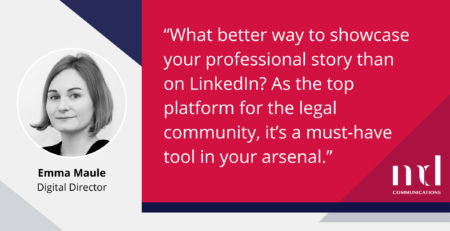We regularly bring you examples of ways in which everyone from politicians to celebrities and even ‘normal people’ have managed to make spectacular blunders on social media that have ended up being very high profile. When it comes to brand use of social media, sometimes it can be even more difficult to get it right as it’s hard to stamp personality on a brand without veering into the unprofessional. So, to give you some guidance on where and how you should position your brand while on social media we’ve got some examples of the kind of social media blunders that you really want to avoid.
Terrible use of hashtags
Oh they can be so useful hashtags, as they’re a great way to jump on a trending topic to attract attention to a well-worded tweet and gain your brand exposure, as well as followers. However, be careful with hashtags – make sure you know what the hashtag is about before you try to piggyback on it or you could do your brand some serious damage. For example, the hashtag #WhyIStayed was used on social media for domestic violence victims to explain why they stayed and subsequently left violent relationships. Unfortunately a pizza brand used the hashtag with the tweet “#WhyIStayed You had pizza.” It did not go down well.
Bashtags
Beware also the ‘bashtag,’ which is essentially your own hashtag being used against you. Brit sponsor Mastercard created the hashtag #PricelessSurprises for its coverage of the event. Its PR team then insisted that any journalists who wanted accreditation had to live tweet the event, link to the YouTube pages and link to specific events pages using social media from both publication and personal accounts. Angry journalists then hijacked the hashtag with tweets like “Good press coverage is hard to bribe. For everything else there’s Mastercard. #PricelessSurprises.” The lesson? None of us is untouchable.
Taking things personally
Would you – as a business, in real life – be angry and aggressive with a customer or client who had received bad service and wanted to make a polite complaint? For most brands this is an opportunity to learn, to fix service issues and to show customers that they are listening and willing to take responsibility for problems. However, some companies don’t do this, such as Amy’s Baking Company Boutique + Bistro who, in response to negative feedback on social media posted this “You are all little punks. Nothing. You are all nothing. We are laughing at you. All of you, just fools. We have God on our side, you just have your sites.” Ouch.
Scheduled tweets and posts
If you’re using automatic scheduling of tweets and posts then great. However, while this can be an efficient time saver, once you’ve scheduled these don’t just forget about them, as you also need to keep one eye on current events to make sure you don’t end up accidentally and unknowingly making a social media blunder. There have been a swathe of recent shootings in America and just after one in a school the women’s brand of the National Rifle Association posted a tweet about ways that “children can have fun at a shooting range.” We can only assume this wasn’t intentional as it was later taken down but it was pretty embarrassing nonetheless and could have been avoided if their social media person was a bit more on the ball.
Social media customer service is very unique
Even if you’re not specifically offering customer service via Twitter and Facebook, you are inadvertently doing so when you create social media accounts for your brand. The way you react – or not – to people will have an impact on the way your customers and clients perceive you. If you leave your accounts unattended, ignore messages and posts aimed at you or post boring or inappropriate tweets then this is going to have an impact on your brand overall. A prime example comes from Transport for London who, in response to a customer complaint about services repeatedly running late causing a customer to lose money from his salary said “Leave early you will not be late next time. Hope this helps.”
Melissa Davis is the managing director of MD Communications, the international legal PR agency.
She is also co-chair of the IBA Law Firm Management Committee Business Development Working Group and a member of the ABA Transnational Legal Practice Committee.











